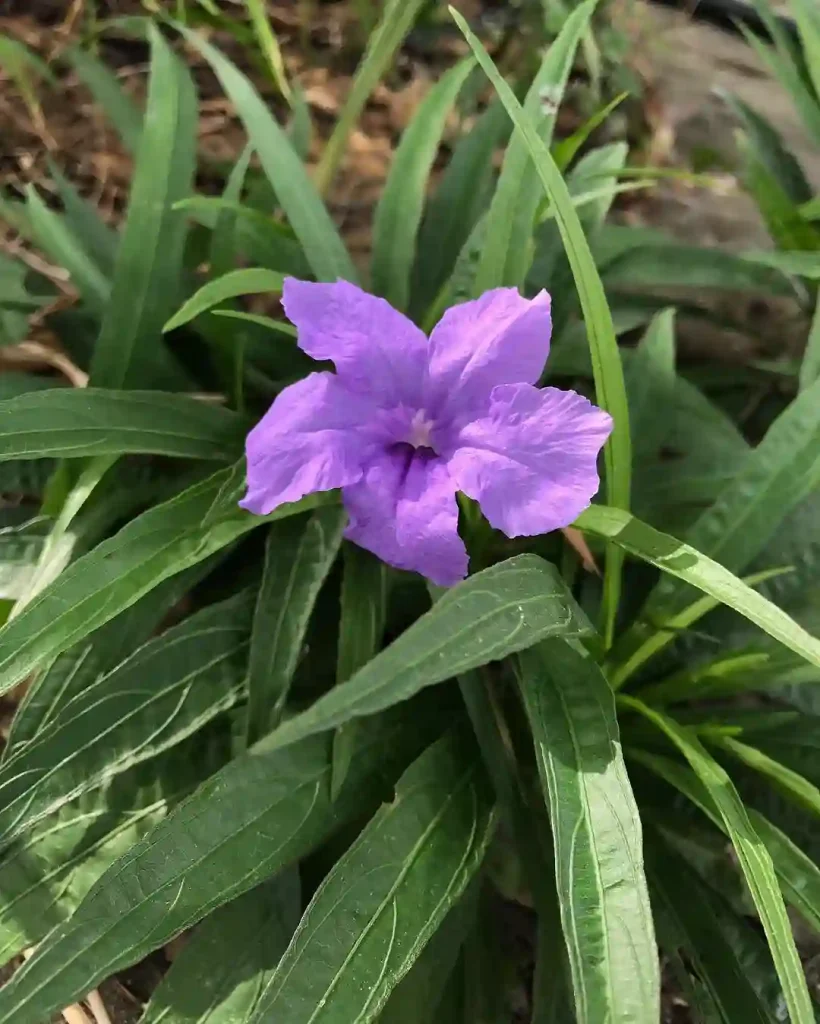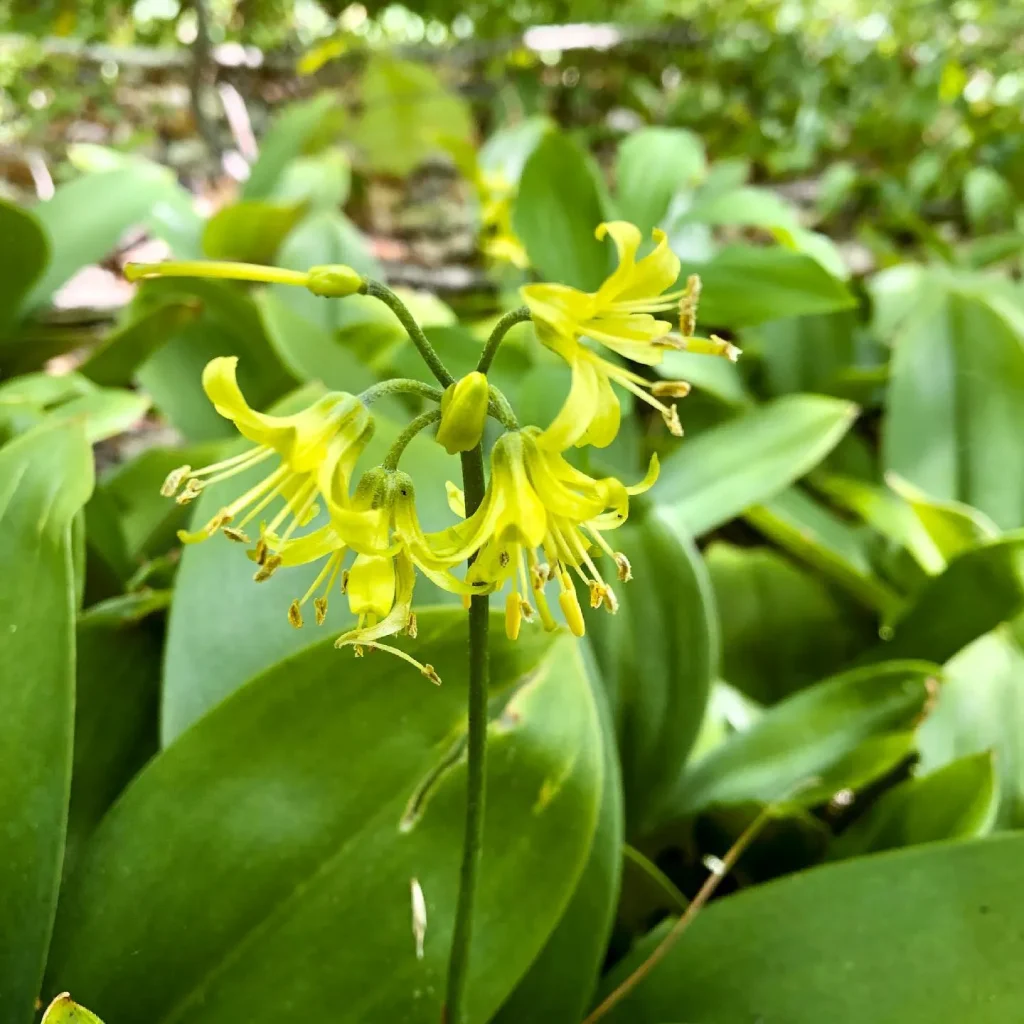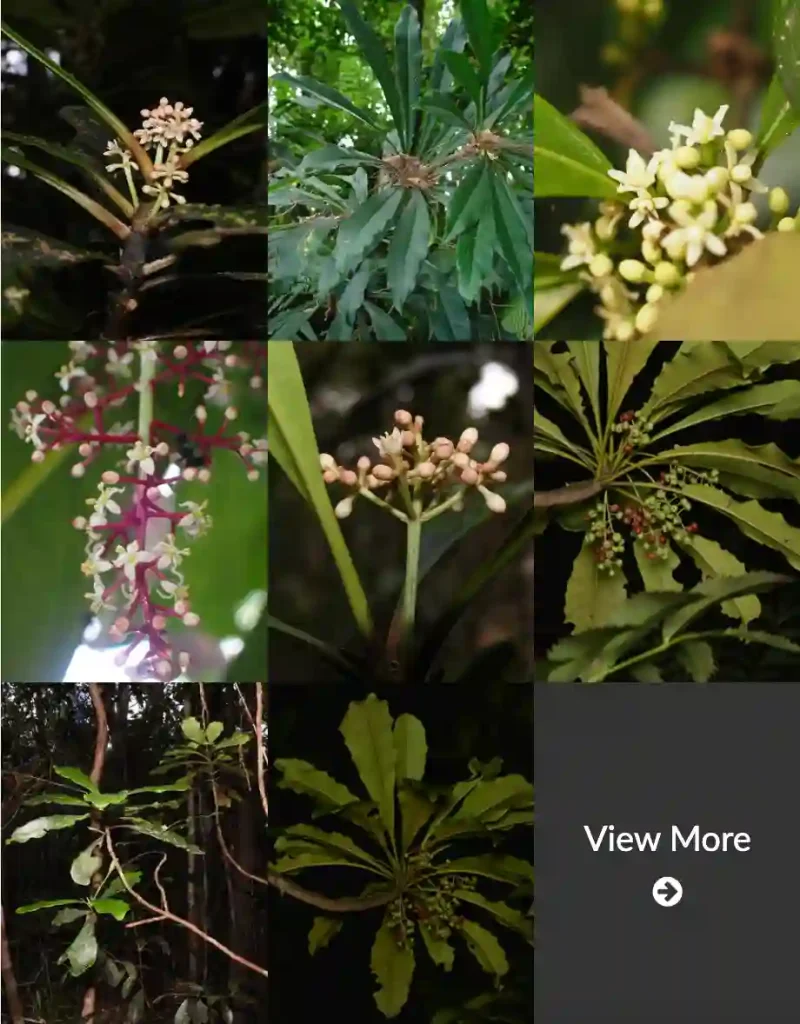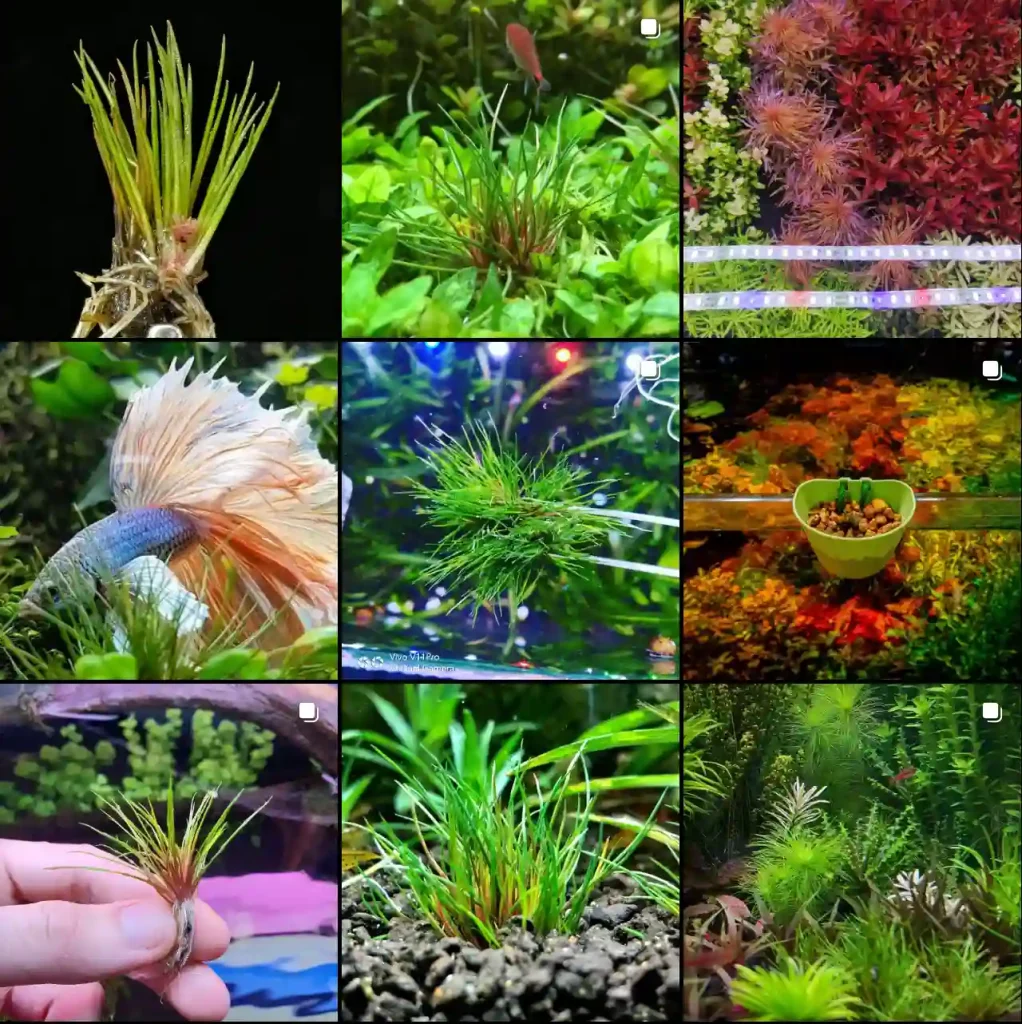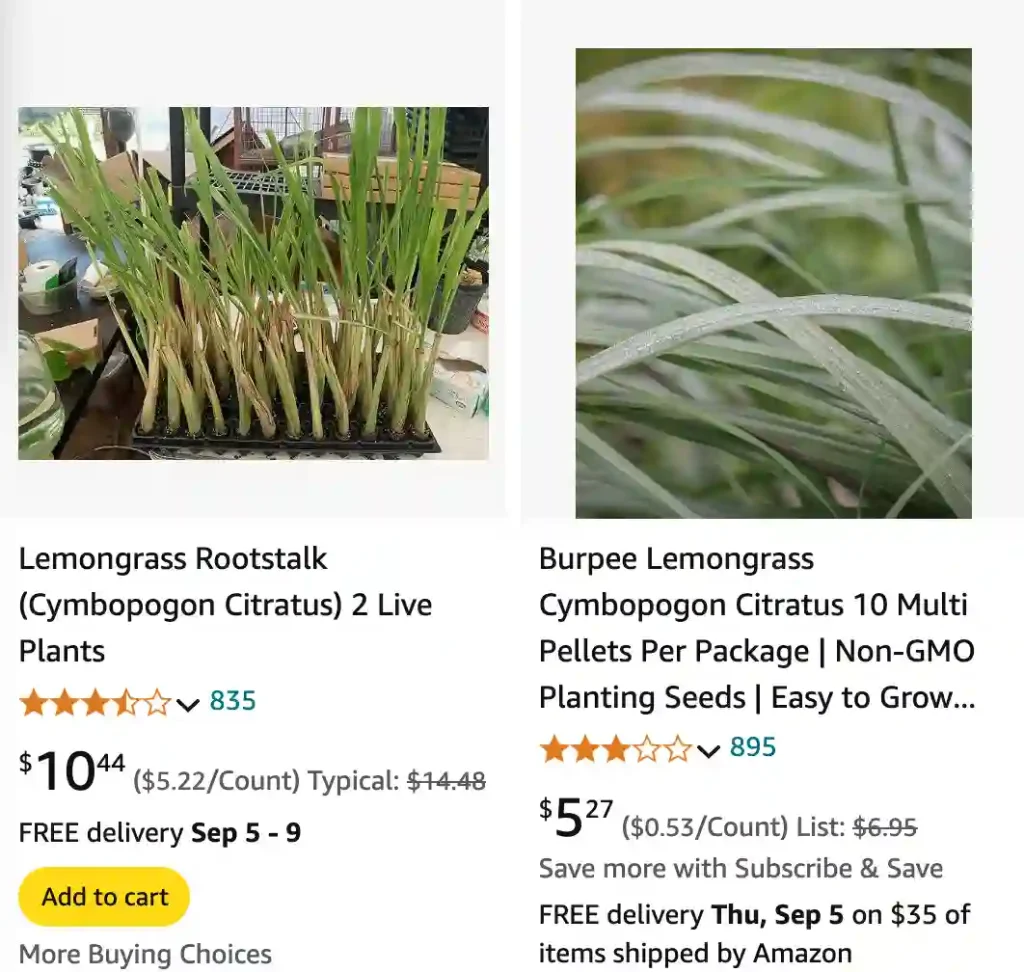
FAQs About Cymbopogon Citratus: Everything You Need to Know
If you’re a fan of herbs or gardening, you might have come across Cymbopogon Citratus, commonly known as Lemongrass. As someone who’s dabbled in growing this plant, I’ve gathered answers to some of the most frequently asked questions about it. From its edibility to its mosquito-repelling qualities, here’s everything you need to know about Cymbopogon Citratus.
53 Species in Genus Cymbopogon
What Is Cymbopogon Citratus?
Cymbopogon Citratus, often referred to as Lemongrass, is a tropical plant native to Southeast Asia. It’s renowned for its lemony aroma and flavor, which makes it a popular ingredient in various culinary dishes, especially in Thai and Vietnamese cuisine. The plant itself grows in tall, dense clumps and is characterized by its long, narrow leaves. These leaves are typically used fresh, dried, or as a flavoring in teas and soups.
Is Cymbopogon Citratus Edible?
Absolutely! Cymbopogon Citratus is edible and widely used in cooking. The leaves have a strong lemon flavor, which can add a zesty touch to soups, curries, and marinades. It’s also used to make lemongrass tea, which is not only refreshing but also has several health benefits. The edible part is usually the lower part of the stalk, where the flavor is most concentrated.
Does Cymbopogon Citratus Keep Mosquitoes Away?
Yes, Cymbopogon Citratus is known for its mosquito-repelling properties. The plant contains citronella oil, which is a common ingredient in many commercial mosquito repellents. Growing lemongrass in your garden or using its leaves in a natural insect repellent can help deter mosquitoes. This makes it a fantastic addition to any garden, especially if you live in an area prone to mosquito activity.
How to Care for Cymbopogon Citratus?
Caring for Cymbopogon Citratus is relatively straightforward. It thrives in warm climates and requires full sun exposure to grow optimally. Here are a few care tips:
- Soil: Lemongrass prefers well-draining soil that’s rich in organic matter. Adding compost can enhance soil fertility.
- Watering: Keep the soil consistently moist but not waterlogged. Lemongrass needs regular watering, especially in dry periods.
- Temperature: It enjoys warm temperatures and should be protected from frost. In cooler climates, it’s best grown in pots that can be moved indoors during colder months.
- Fertilizing: Regular feeding with a balanced fertilizer can promote healthy growth and vibrant leaves.
How to Propagate Cymbopogon Citratus?
Propagating Cymbopogon Citratus is quite simple. Here’s how you can do it:
- Cuttings: Take a healthy stalk of lemongrass and cut it just above the base. Remove any lower leaves and place the stalk in a glass of water.
- Roots: Change the water every few days until roots start to form. This usually takes a few weeks.
- Planting: Once the roots are a few inches long, transplant the stalk into a pot with well-draining soil. Keep it in a sunny spot and continue to care for it as usual.
What to Plant with Cymbopogon Citratus?
Cymbopogon Citratus pairs well with various companion plants. If you’re looking to maximize space and create a harmonious garden, consider planting it alongside:
- Basil: Both herbs thrive in similar conditions and complement each other in both flavor and appearance.
- Tomatoes: Lemongrass can help repel some pests that commonly affect tomatoes.
- Mint: Both plants have similar needs and can grow well together.
Can You Grow Cymbopogon Citratus Indoors?
Yes, Cymbopogon Citratus can be grown indoors, but it requires certain conditions to thrive. Ensure that it gets plenty of sunlight, preferably from a south-facing window. Regular watering and a well-draining potting mix are essential for indoor cultivation. The plant might not reach its full size indoors, but it can still grow and provide fresh lemongrass.
Is Cymbopogon Citratus Toxic?
No, Cymbopogon Citratus is not toxic to humans or pets. It is safe to grow around children and animals. However, as with any plant, it’s a good idea to monitor pets to ensure they don’t chew on the leaves, which could cause mild digestive upset.
Cymbopogon Citratus vs. Cymbopogon Flexuosus
Cymbopogon Citratus and Cymbopogon Flexuosus are often confused with each other, but they have some differences.
- Appearance: Cymbopogon Citratus (Lemongrass) typically has a more robust and upright growth habit, whereas Cymbopogon Flexuosus (East Indian Lemongrass) tends to have a more slender and arching form.
- Flavor: Cymbopogon Citratus has a more pronounced lemon flavor, which is often preferred for culinary uses. Cymbopogon Flexuosus has a milder, more subtle lemon scent.
- Usage: Both are used in cooking and for their aromatic properties, but Cymbopogon Citratus is more commonly found in Western kitchens, while Cymbopogon Flexuosus is used in more traditional Asian dishes.
Benefits of Growing Cymbopogon Citratus
Aside from its culinary and insect-repelling benefits, growing Cymbopogon Citratus can also:
- Enhance Your Garden: Its tall, grassy appearance adds texture and height to garden beds.
- Provide Fresh Ingredients: Having fresh lemongrass on hand can elevate your cooking and beverage options.
- Improve Air Quality: As with many plants, lemongrass contributes to better air quality by absorbing carbon dioxide and releasing oxygen.
In conclusion, Cymbopogon Citratus is a versatile and useful plant with numerous benefits. Whether you’re using it for its flavor, its pest-repelling properties, or simply as a beautiful garden addition, it’s a worthwhile plant to consider.
If i die, water my plants!
